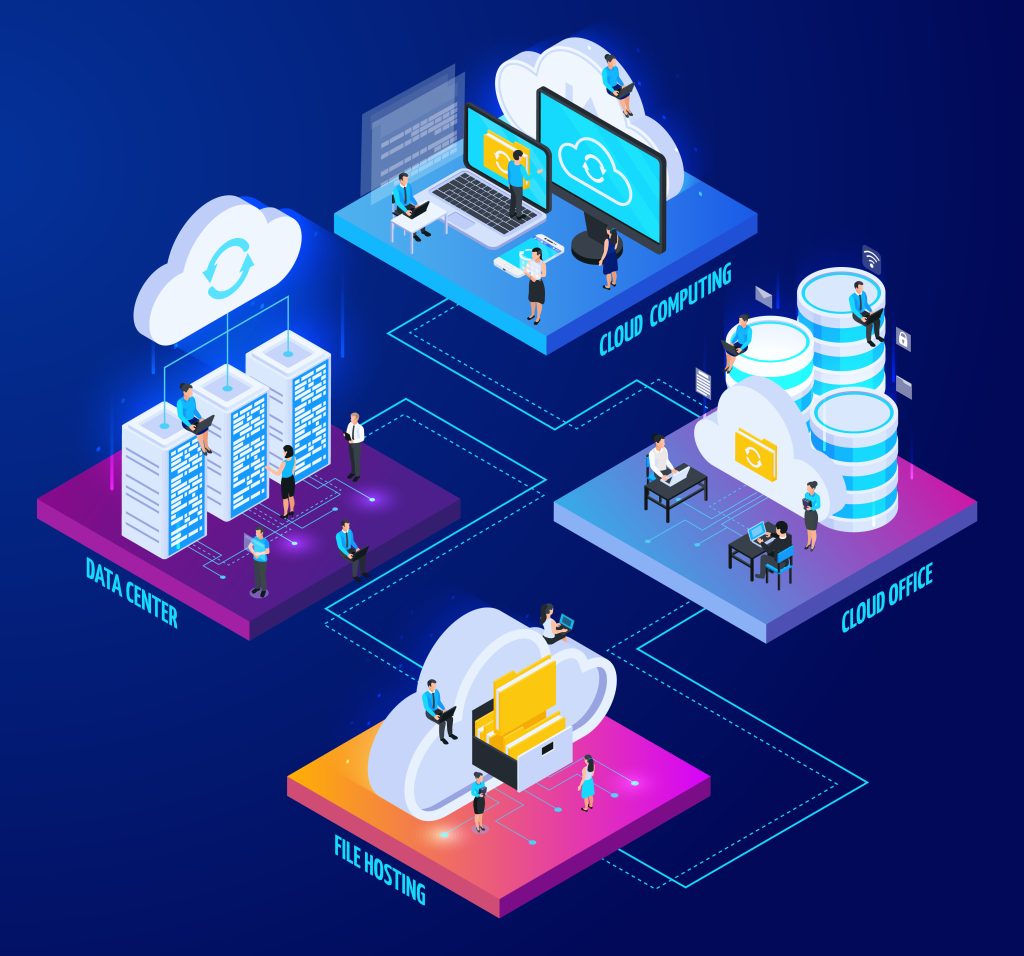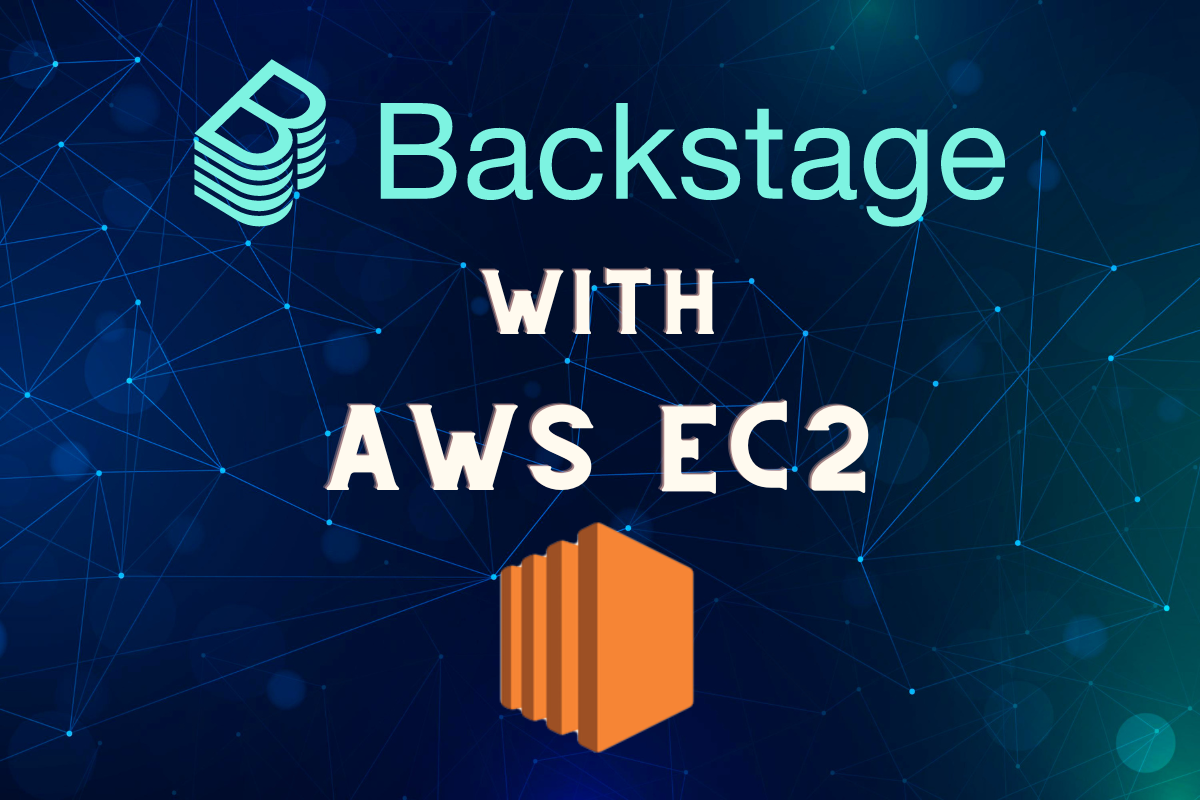Mastering Cloud-Native Development for Maximum Impact
In today’s rapidly changing technological climate, a revolutionary method known as cloud-native development has taken center stage, revolutionizing the entire process of creating and launching applications. Beyond just simple cloud hosting, this cutting-edge approach involves strategically harnessing the power and flexibility of cloud services to create truly seamless and high-performing software solutions. Join us as we dive into the core concepts of cloud-native development and its impressive ability to enhance the productivity and scalability of contemporary applications.
The Essence of Cloud-Native Development
Cloud-native development is more than just a buzzword; it’s a powerful approach that combines software development and deployment in line with the principles of cloud computing. This means moving away from old, clunky monolithic applications and instead creating smaller, decentralized modules that excel in dynamic, distributed environments. By embracing microservices architecture, developers break down applications into self-contained services that communicate through APIs. This modular design promotes agility, allowing for seamless updates, scalability, and maintenance of individual components without disrupting the entire system.

Leveraging Cloud Services
At the heart of cloud-native development lies the crucial concept of leveraging cloud services. These services, provided by top cloud platforms like Amazon Web Services (AWS), Microsoft Azure, and Google Cloud Platform (GCP), offer much more than just basic
infrastructure capabilities. To be more specific, developers are equipped with a diverse range of services ranging from managed databases and storage to cutting-edge artificial intelligence and machine learning tools. This liberates developers from the burdensome task of managing the underlying infrastructure, enabling them to focus solely on crafting innovative features. A prime example of this is serverless computing, an integral aspect of cloud-native development. With serverless architecture, developers can now execute code with no need to worry about server management. Instead, functions are automatically triggered by events, seamlessly scaling up or down by the demand at hand. This serverless paradigm enables cost efficiency, as organizations only pay for the resources consumed during code execution.
Scalability as a Core Advantage
In cloud-native development, scalability is a key component that enables applications to effortlessly handle diverse workloads. With the flexible nature of cloud platforms, applications can scale both upwards and outwards, ensuring optimal performance during busy periods and efficient resource usage during downtimes. Horizontal scalability is accomplished by deploying application modules across multiple servers or containers, resulting in greater throughput and redundancy, thereby bolstering the application’s reliability. Moreover, cloud-native applications possess the capability to dynamically allocate resources in response to demand, automatically scaling in or out to meet the needs of the moment.

DevOps Integration for Continuous Delivery
Cloud-native development relies heavily on DevOps principles, cultivating a sense of teamwork between development and operations teams. The integration of Continuous Integration (CI) and Continuous Deployment (CD) pipelines is critical in streamlining testing, integration, and deployment processes. Not only does this speed up the implementation of new features, but it also maintains the dependability and consistency of the application throughout its lifespan.
Challenges and Considerations
Although cloud-native development offers numerous advantages, it’s important to also consider the obstacles that come with it. The implementation of microservices presents
challenges in areas such as communicating between services, maintaining data consistency, and monitoring. Moreover, companies must prioritize fostering a cloud-native mentality and ensuring proper training for their developers.
To summarize, cloud-native development has revolutionized the field of software engineering. By adopting the core values of modularity, cloud capabilities, scalability, and uninterrupted delivery, companies can create applications that are not just placed in the cloud but specifically designed for it. This strategy not only improves effectiveness but also equips businesses to adapt to the ever-changing digital world with ease and tenacity. As technology continues to progress, cloud-native development stands as a guiding light, leading us towards a future where creativity and scalability are inextricably linked.








